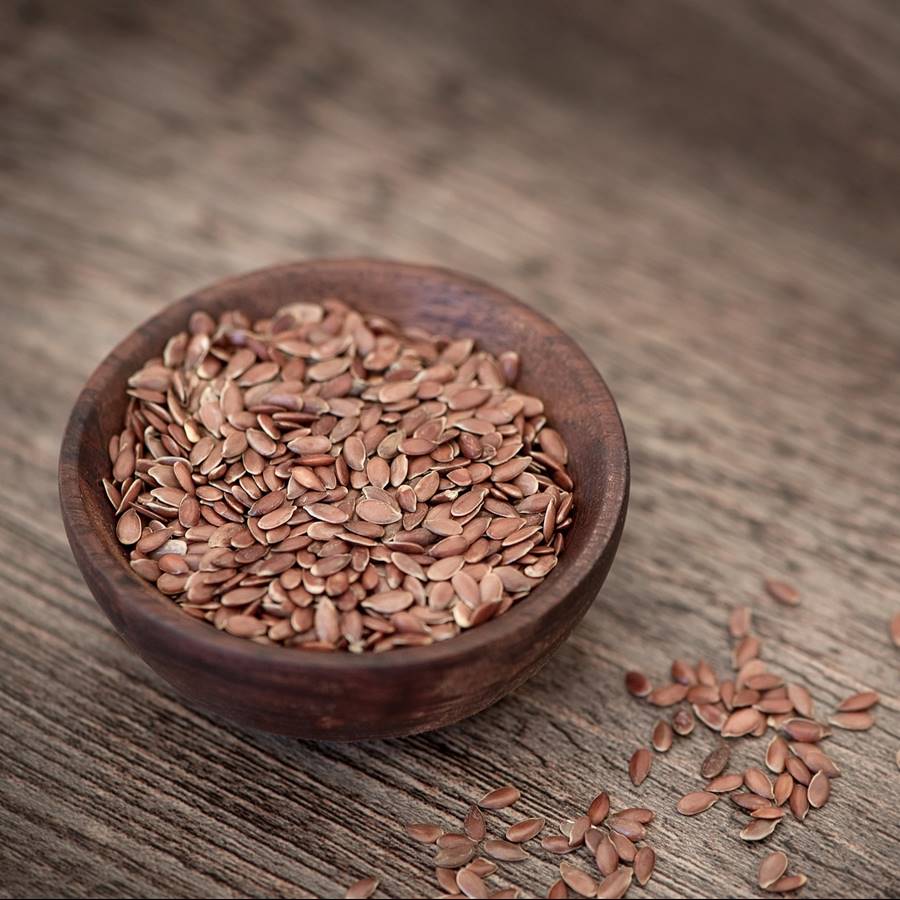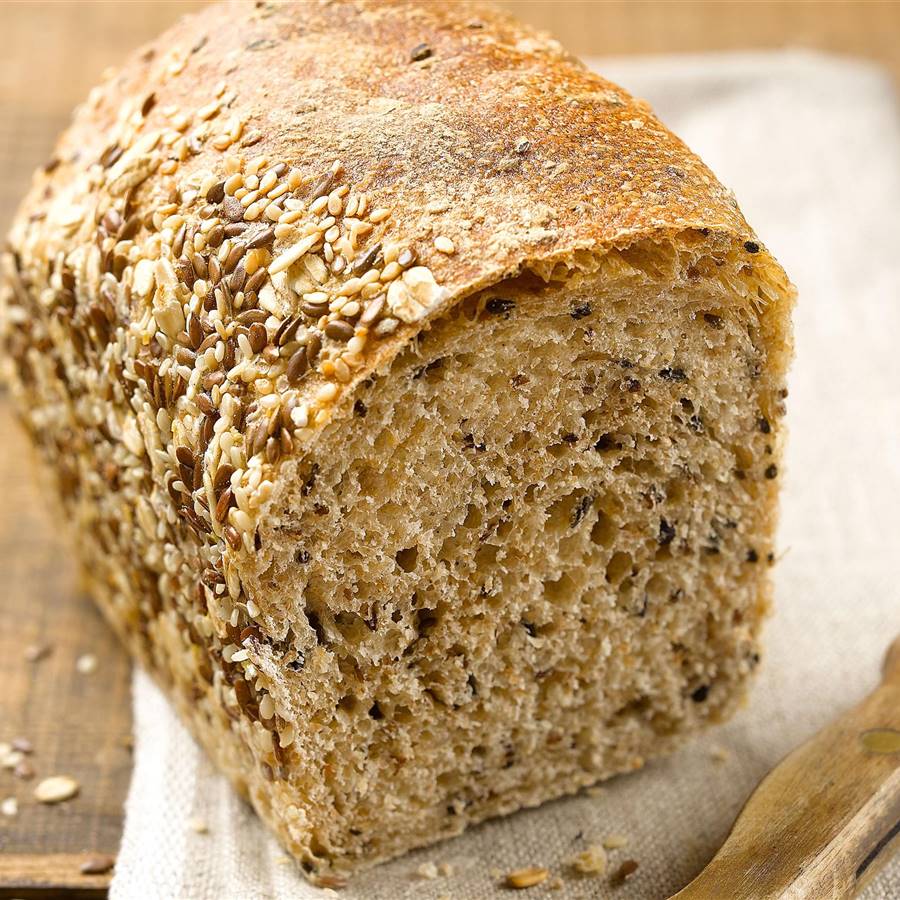Whether for their color, texture, or social standing, refined grains have almost completely supplanted whole grains over the last century. but In recent years, the demand for whole grain products has increased significantly. To be presented in the eyes of many consumers as a healthier alternative.
Also, some groups, like vegetarians, have made them a symbol and They sometimes exaggerated its characteristics. What can you say from a purely nutritional point of view?
Whole Grains: Benefits
refining impoverishes grain, especially since the germ, the most valuable part of the grain that white flour lacks, is also removed with the shell. Whole grains contain more protein, fat, vitamins and minerals… as well as fiber.
Most experts point out that in general The grain of choice should be whole grain. They are not a panacea, however can correct the trend of current diets being hypercaloric and low in vitamins, minerals, and fiber.
1. They improve digestion
That’s one of the main arguments for it Its dietary fibers have important functions at the digestive level. Nowadays a daily intake of 30 to 35 g of fiber is recommendeda value that many people do not reach because they eat few vegetables or prefer refined ones. Eating whole grains helps meet this recommendation in a very important way.
That fiber deficiency That is one of the reasons, although not the only one favors the occurrence of constipation.
among the fibers soluble and insolublethe latter are most closely related to the regulation of intestinal transit. This is exactly the type of fiber Mainly found in whole grain products.
That’s true too Phytic acid has been reporteda component that accompanies the fiber, as responsible for disrupting bioavailability of minerals like calcium, magnesium, iron or zinc.
Nevertheless, Recent research has shown the beneficial effects of this substancethan its capacity to lower blood sugar, cholesterol and fatty acid levels or their antioxidant potential that could protect against colon cancer.
With today’s knowledge, it can be said that whole grain products are excellent foods.
2. Reduces the risk of cardiovascular disease
By increasing the consumption of whole foods, reduces the likelihood of cardiovascular disease (because the intake of other high-fat foods is reduced), constipation (increases the speed of intestinal transit) and colon cancer (decreases exposure to carcinogenic digestive residues).
3. You gain less weight
That energetic value of whole foods is usually given a little less They contain more fiber and fewer absorbable carbohydrates.
At the same time, its fiber causes a feeling of satiety, which helps to consume smaller portions. But whether you gain or lose weight depends on the balance between calories in and calories out.
4. Reduces Glycemic Response
Its fiber somewhat reduces the glycemic response in diabetics, however Glycemic index (glucose rate after ingestion) measurements are similar between whole grains and refined grains. With ALL, Whole grain products are preferred.
Are there limits on consumption?
Yes, grains are at the base of the food pyramid, which is an indication is the food group that should contribute the most for nutrient supply. Two or three servings a day is usually about right.
A higher consumption may affect other important foods and nutrients.
Are integrals also biological?
no Processing is one thing, organic production is another. The term “organic” or “organic” refers to products that are manufactured and prepared without the use of fertilizers or chemical pesticides.
Because whole grains are eaten in their shells, they should be organic to avoid using pesticides.
Who are they not suitable for?
To the Young children, the elderly or people with sensitive stomachs or in those cases where the doctor judges need to reduce fiber intake.
In the case of deficiency symptoms of minerals such as calcium, magnesium, iron and zinc or fat-soluble vitamins, the cost-benefit ratio of their intake should be considered.
Are all whole grain breads the same?
no The proportion of the whole grain determines the degree of extraction of the flour; from when is it We are talking about 100% whole grain flourwhile 70-74% is commercial white flour.
Between these two extremes we can find all kinds of bread or other products Derivatives of flour, more or less integral.
How can they be integrated into the diet?
You can alternate white bread with whole grain breadso at least a daily ration.
That Muesli are another good resource to help you achieve this goal. That pizza crusts They can be integral or die pasta. In any case, it’s a natural introduction, and both types can coexist in nutrition.
Why is grain germ recommended?
There It’s the most nutritious part of the grain and an exceptional source of vitamin E and essential fatty acids.. But flour with the germ doesn’t last as long, thanks in large part to those healthy fats.
There are many fake whole grain breads and baked goodsmade with white flour and fiber but no germs.
#advantages #refined



I don’t think the title of your article matches the content lol. Just kidding, mainly because I had some doubts after reading the article.